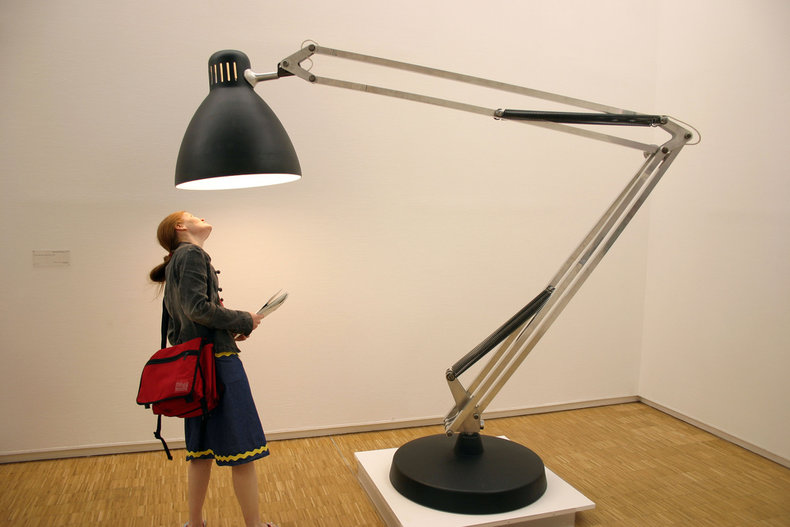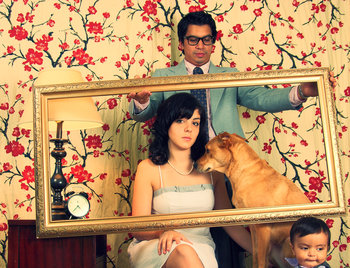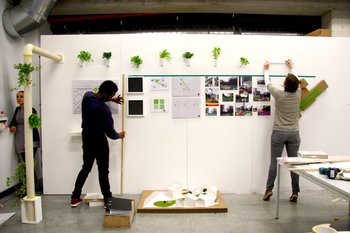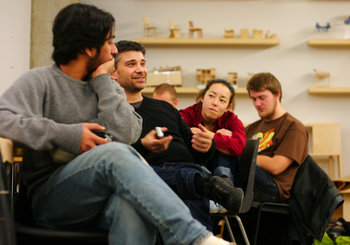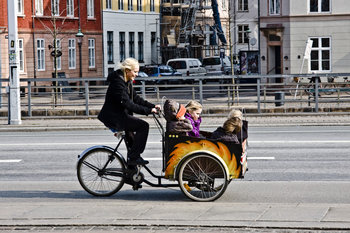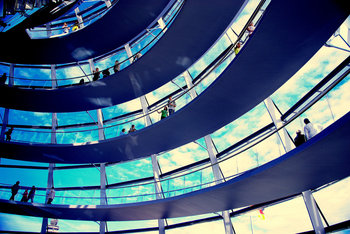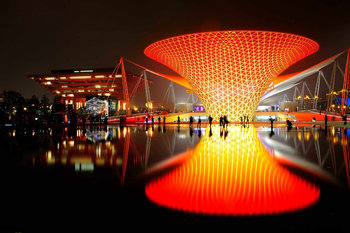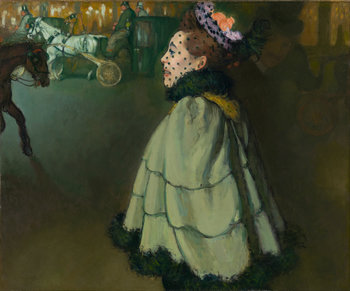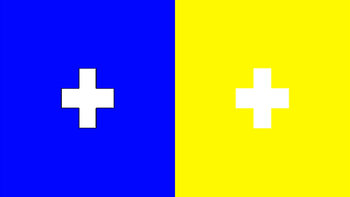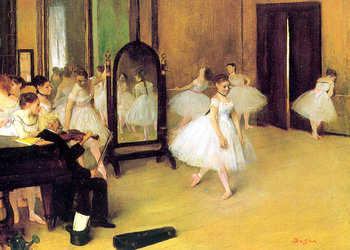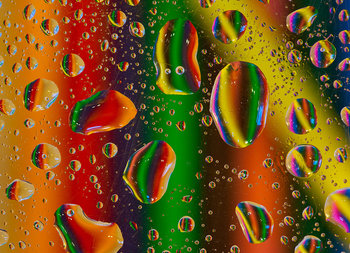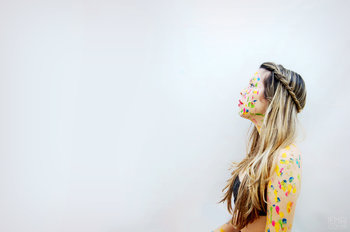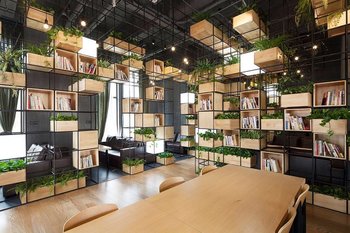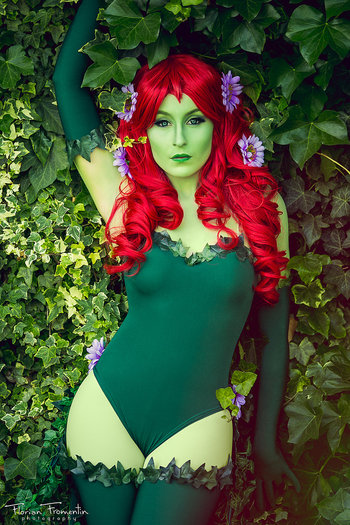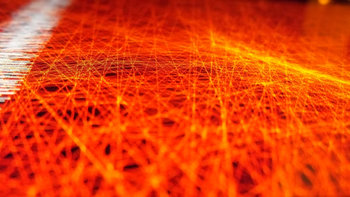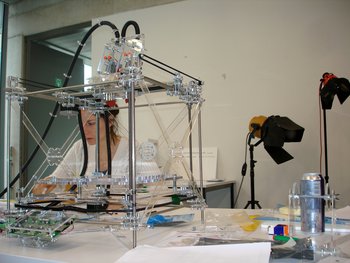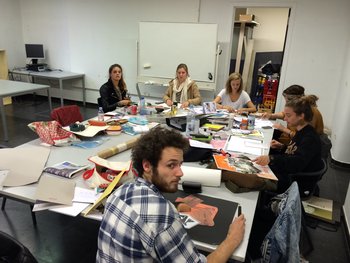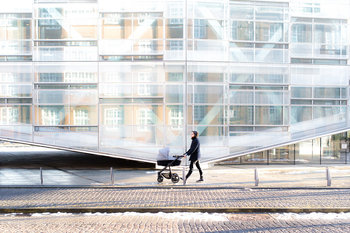|
| |
Adaptability is a measurement of how well a design handles change. A static design is incapable of handling change while a fully dynamic design gracefully handles any change. Between these two extremes, are designs that can handle change within anticipated limits.
|
Function | | Definition | How well a design accommodates change. | Scale | Static to Dynamic | Tradeoffs | There is often some cost associated with making a design adaptable. In some cases, this cost isn't warranted if there is a low chance of a change occurring. This tradeoff doesn't always exist. In theory, a design can be both inexpensive and adaptable. | Examples | A dynamic website that displays content from a variety of data sources.
Rooms that can be joined and reconfigured for multiple purposes. |
Design
This is the complete list of articles we have written about design.
If you enjoyed this page, please consider bookmarking Simplicable.
A comprehensive guide to design.
An overview of color theory.
The difference between layout and composition.
The difference between modeless and contextual user interfaces explained.
A list of common types of design.
The steps in a design process.
The common types of design quality.
A definition of universal design with examples.
A definition of sensory design with examples.
An overview of emotional design.
The definition of elegance with examples.
Definitions of color theory.
The study of color mixing and the visual effects of color.
Colors that can't be seen under normal circumstances.
Why colors match or clash.
The definition of color.
A definition of color symbolism with examples.
An overview of the colors of the rainbow including a few common myths.
A large collection of color palettes.
TrendingThe most popular articles on Simplicable in the past day.
Recent posts or updates on Simplicable.
Site Map
© 2010-2023 Simplicable. All Rights Reserved. Reproduction of materials found on this site, in any form, without explicit permission is prohibited.
View credits & copyrights or citation information for this page.
|
